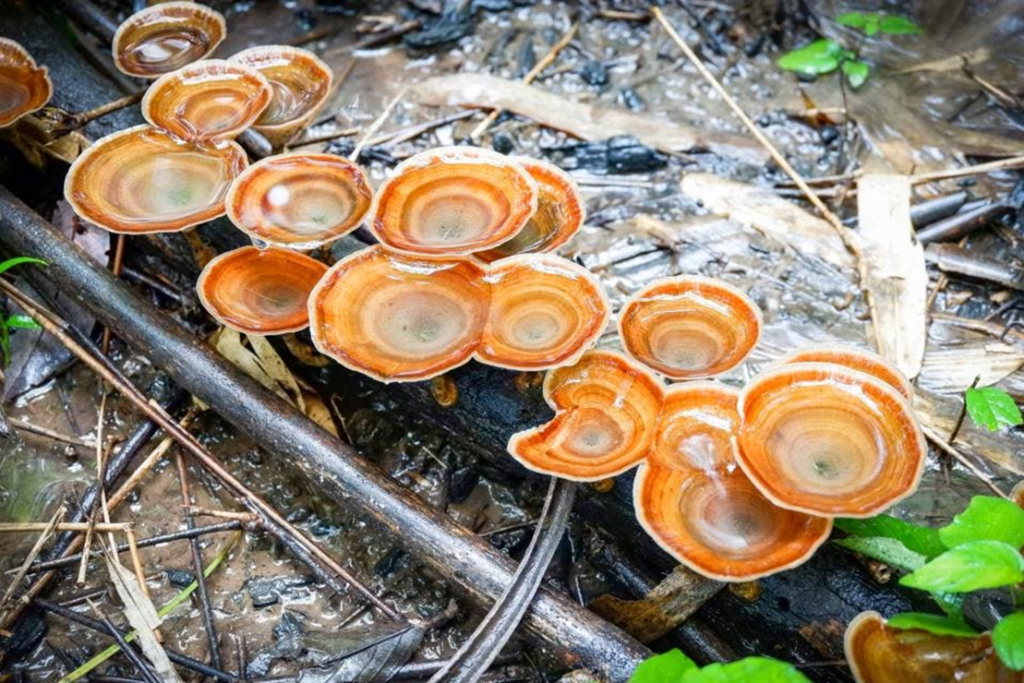Ganoderma mushrooms are referred to as “reishi” in Japanese and “lingzhi” in Chinese. They are sometimes called the “mushroom of immortality” in English. A class of fungi known as Ganoderma decomposes wood and causes white rot on some types of trees. People utilise Ganoderma fungi to treat everything from cancer to the flu. Some people take it as a prophylactic anti-inflammatory. In fact, it’s promoted as a superfood. As early as 100 B.C., reishi/lingzhi was mentioned as a dietary supplement meant to promote human health.

Research has indicated that the immortality mushroom has potential immune-boosting properties, especially for the sick and less so for the well. Not unexpectedly, the global market of reishi/lingzhi trade is worth about $2.16 billion, or around 2% of all dietary supplement sales globally. Twenty commercial Ganoderma products—such as pills, tablets, teas, and other consumables—as well as seventeen grow-your-own
kits that claimed to contain the species Ganoderma lucidum were recently evaluated by scientists. The researchers found that none of the reishi/lingzhi products that were produced were pure—that is, they solely contained G. lucidem and no other fungal species. There was only one grow-your-own package that included only G. lucidum. There was a product substitution in 86% of the goods, which included the produced supplements and grow-your-own kits.
The study draws attention to problems with the marketing of Ganoderma fungi as medicines, specifically the mislabeling of fungal species. The results, the researchers admit, are not deliberate, but “as a medicinal product, this reishi/lingzhi’substitution’ is probably more appropriate than the G. lucidum indicated on the label.” They claim that the species linked to the common name reishi/lingzhi is most likely G. lingzhi. There may be notable variations in the amount and quality of medicinally important species in the products being sold as reishi/lingzhi and labelled as G. lucidum, based on the genetic diversity of the fungi found in reishi/lingzhi products.

On rotting wood, the “mushroom of immortality” grows organically.
Lastly, the scientists expressed worry that local ecosystems would be harmed if commercial Ganoderma fungus were to escape into the environment.Other fungi that break down wood may be displaced or outcompeted by Ganoderma. They might also begin to harm agricultural trees. Almond trees in California are actually experiencing harm to their roots from a particular species of Ganoderma, which makes the trees more prone to windfall. When purchasing or consuming reishi or lingzhi, consumers should exercise caution and not discard any leftovers in their garden or any other area where wind can bring them to nearby ecosystems.
What then is the immortality mushroom? Often, G. lingzhi is mistakenly identified as G. lucidum, however it’s still probably the right species of mushroom. However, there can be significant variations in the amount and quality of G. lingzhi found in produced goods like teas and tablets as well as grow-your-own kits. Before purchasing the mushroom of immortality, reishi/lingzhi buyers might want to do some study.

